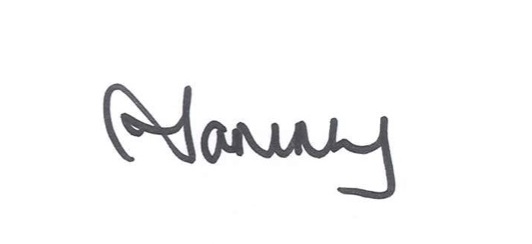
Ethics in business is fascinating. It’s one of those topics that we all know what we would do hypothetically.. So, why, when push comes to shove do people act so very differently in real life?
At a recent leadership programme I was co-facilitating, we asked the participants about ethics and how far they would go. The starting position was the same from all of them – of course no one willingly sets out to behave unethically.. But the lines quickly become pretty blurred when we pushed further. What if your boss told you to do it? If you saw others doing it? What if it didn’t really “harm” anyone? Once we were talking about shades of grey, the certainty around behaviour become so much less clear.
Rotten Apples, Bad Barrels and Sticky Situations
A recent report from the CIPD titled ‘Rotten Apples, Bad Barrels and Sticky Situations’ seeks to shed some light on why people do what they do in the workplace. It makes for excellent reading, for HR practitioners and leaders alike.
What is unethical behaviour?
The authors of the report define unethical workplace behaviour as “any organisational member action that violates widely accepted moral norms.” They go on to describe two different types of behaviour:
- Counterproductive work behaviour – where the employee is working against the legitimate interests of the organisation and its employees. Think overt behaviours such as fraud, bullying and harassment and sabotage. And passive behaviours such as lateness, absenteeism and non compliance with rules.
- Unethical pro-organisational behaviour refers to unethical acts that are undertaken to advance a business. For example, price fixing, creative accounting and withholding critical information from stakeholders.
What influences whether someone will behave unethically?
The authors state that there are multiple factors that influence unethical workplace behaviour:
- Is it a case of bad apples – or individual factors such as cognitive moral development, moral philosophy, personality traits and locus of control. Employees are most likely to behave unethically if they are highly egocentric- that is, more focussed on themselves than caring about any broader impact on others.
- Or of bad cases – or situational factors that influence unethical behaviour. What is the “moral intensity” – what, if any, are the consequences? How much do colleagues agree that the action is wrong?
- Perhaps, bad barrels – or organisational contexts create the cues around what is acceptable behaviour. In “egoistic” climates- it’s more likely to see unethical behaviour.
The authors delve deep into each of these areas, including looking at particular traits (individual and organisational) that are more likely to attract unethical behaviour. This is particularly fascinating – particularly when you consider the Hogan personality inventories that really enable you to drill down on some of these traits.
What can organisations do to create an ethical culture and climate?
They provide a suggested list of actions to support a positive ethical culture and climate:
- Consistently enforce codes of conduct (and make sure the code is accessible, meaningful and uses examples that people can understand and relate to).
- Communicate carefully about unethical behaviour and standards. Consider the impact of the shadow of the leader.
- Focus on ethical climate and the organisational practices that shape and impact it.
- Promote organisational fairness and challenge negative political behaviour.
- Understand and manage the impact of individual personality and mood.Understand and manage the risk factors relating to job design.
- Ensure targets are realistic and that reward is linked to multiple complementary outcomes.
- Create accountability and introduce checks and balances in decision making.
- Empower employees to speak up and provide safe whistleblowing practices.
- Making a change
Making a change
Making a change starts with being clear on what sort of climate and culture you want as an organisation, and then taking an honest and deep dive into the one you have. What’s contributing to that climate and culture? What sort of people with what sort of personalities are you recruiting? How do the leaders, systems, structures, reward systems etc all complement or fight against ethical behaviour? And is there an appetite to do things differently? To address the fall out that may arise from doing it differently?
This topic should feature on leadership team, executive team and board agendas as part of decent risk and governance; but often it doesn’t go beyond the platitudes. If we are to have ethical organisations, we need to do more than that. We need to prepare to deep dive and then be prepared for what we might find when we get there.
SOME THINGS TO PONDER
- What sort of culture and climate does your organisation have?
- How do the systems and structures support or work against the climate you might like to have?
WANT MORE?
- Read: What you can do to improve the ethics at your company (HBR)
- Read: With thanks to the CIPD for the use of their excellent research on this topic. Take the time to read it, it’s well worth it.
AND MORE STILL ?
If the above has whetted your appetite, and you’re keen for more.. Here are some ideas:
Does leadership interest you? You can sign up to my FREE seven day “Be a Better Boss Challenge” by clicking here. And you can click here to buy my book.
Want to chat? Click here to get in touch.
Want some help in meeting your goals for the new year? Sign up to the permission to dream programme, by clicking here.
Want more to read? You can read any of the 300+ blog posts on this site, by clicking here. And if you’d like to read posts specifically on leadership, you can click here.
See you soon,


